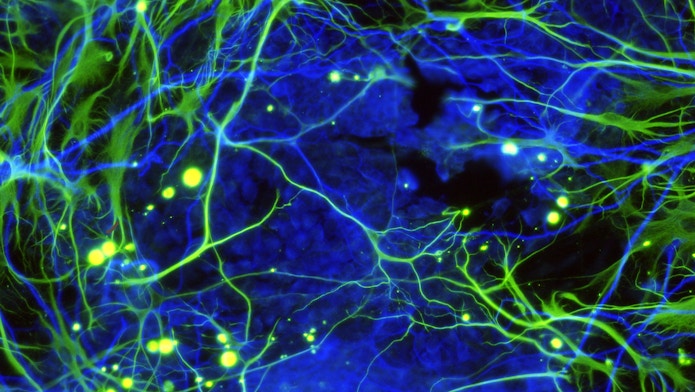
The following is a summary of some of the factors that SFARI scientists and reviewers take into account when reviewing grant applications that plan to use induced pluripotent stem cells (iPSCs). We hope this will be helpful in planning your experiments and application.
-
Stratification: Has there been any further stratification of patient-derived samples beyond the autism spectrum disorder (ASD) diagnosis (e.g., by phenotype or by genotype)? This might help to reduce heterogeneity among samples and make it more likely that a coherent cellular or molecular phenotype can be discovered.
-
Controls: What are the proposed control lines? The more genetically similar the control lines are to those from affected individuals, the better. The creation of ‘isogenic’ control lines (created by rescue of the suspected ASD risk mutation or creation of the mutation in a control line) is very desirable, but iPSCs from family member controls can be powerful, especially in cases of idiopathic ASD.
-
Somatic source cells: What somatic source cells are being used? A broad spectrum of somatic cell types can be successfully reprogrammed to iPSCs. It seems that most somatic cells give rise to iPSCs that can be successfully differentiated into neurons using a variety of protocols. However, for some source cell types, specific epigenetic modification patterns may be maintained in the iPSC progeny, which could limit differentiation potential going forward1,2. To some degree, this can be controlled for by using careful characterization of the pluripotency and lineage propensity of an iPSC line2.
-
Reprogramming method: What reprogramming method will be used? In general, the field seems to agree that methods avoiding integration of reprogramming genes into the donor-cell genome should be used in order to avoid introducing more variables among different patient and control samples. It is not fully understood what kind of genetic or epigenetic changes different reprogramming methods might introduce; thus, it might be prudent to derive all iPSC lines that are to be compared using the same method.
-
Quality-control measures: We encourage investigators to read the comment by Yaffe, Noggle and Solomon3 that recommends a list of quality-control measures that, when passed by the different iPSC lines in an experiment, can greatly help to reduce variability that might be introduced by using different source cell types or reprogramming methods.
-
Which neurons? We encourage investigators to describe their reasons for differentiating their iPSCs into specific neuronal subtypes in their application. What makes a specific neuronal subtype relevant to ASD research? Do the neurons mature sufficiently in culture to make the proposed experiments compelling? It will also be helpful if applicants cite the original publications for which the chosen differentiation protocol has been successfully applied.